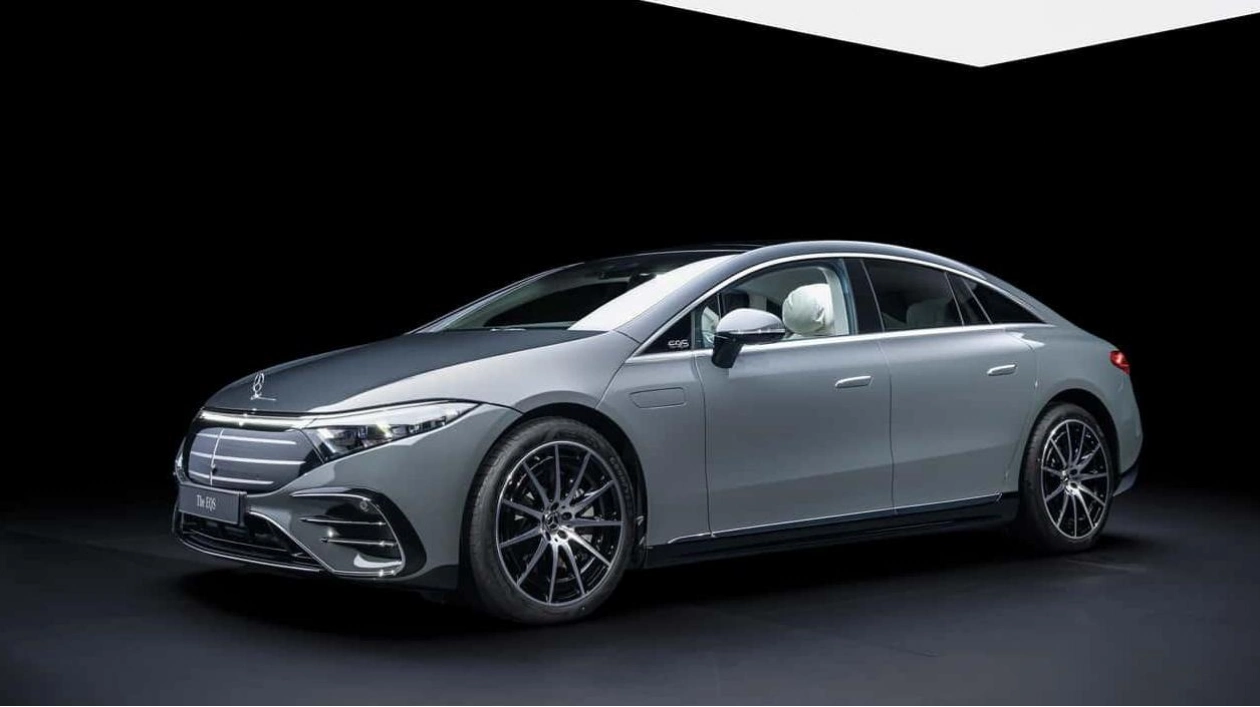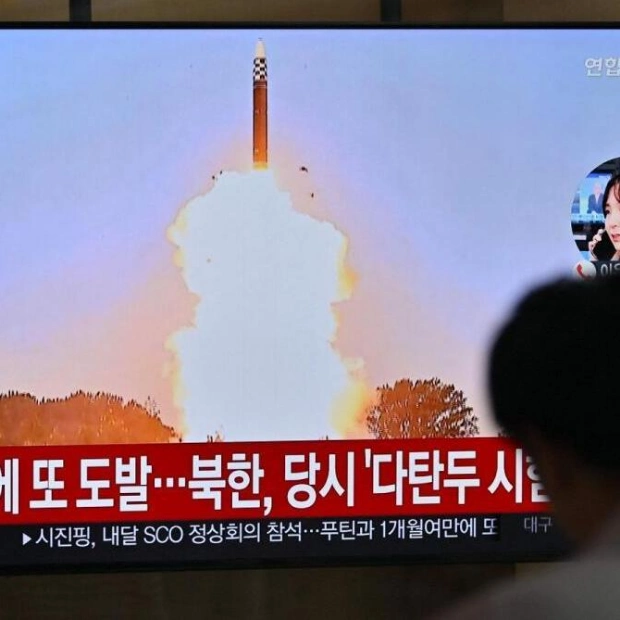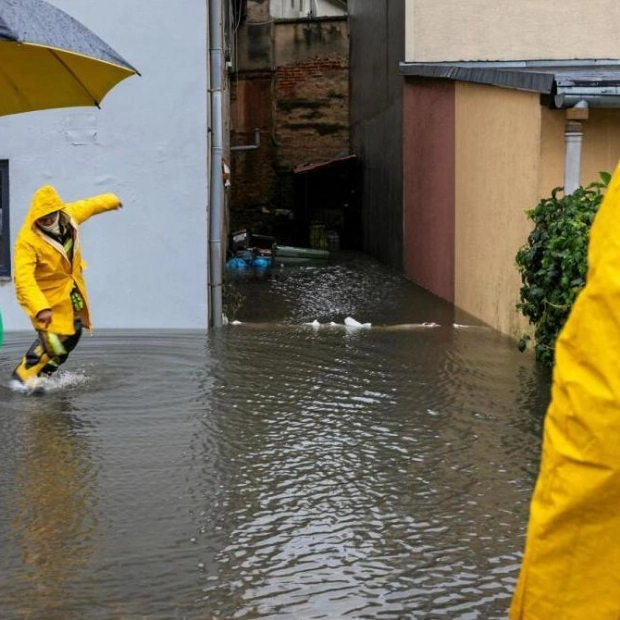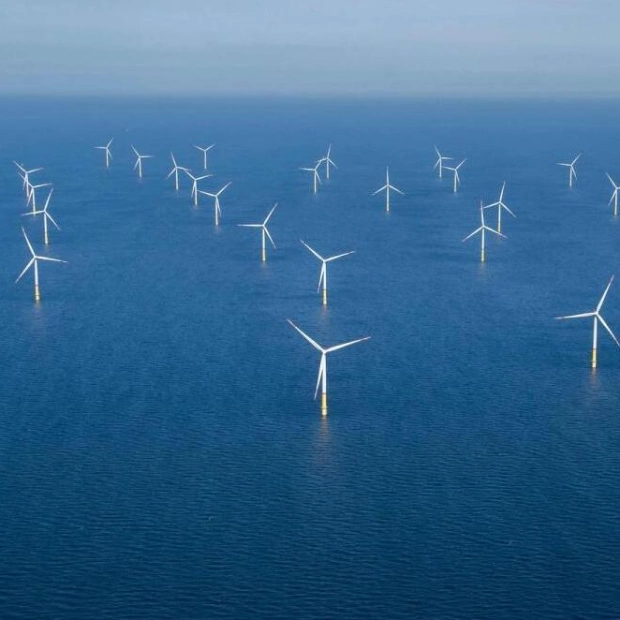Raise your hand if you saw this coming. Following BMW's strategy, Mercedes plans to offer the next-gen S-Class with both combustion engines and fully electric drivetrains. This move effectively signals the end of the EQS after just one generation, though it will receive a mid-cycle facelift first. The current S-Class is also slated for a facelift before it transitions to the next generation.
Mercedes CEO Ola Källenius confirmed this significant development in an interview with Autocar: "There will be two S-Classes in the future–ICE and electric." He further explained that the gasoline and electric versions of the flagship model will share similar design elements both inside and out. Unlike the BMW 7 Series and i7, which share the same platform, the S-Class models are expected to use different platforms, according to sources cited by the British magazine.
The electric S-Class is anticipated to be built on the MB.EA Large architecture, while the combustion engine version will utilize an updated version of the current MRA platform. Källenius refuted rumors about the cancellation of the MB.EA platform in June, stating that its development is proceeding at a high pace. He reiterated this in his latest interview with Autocar: "We're already planning with MB.EA Large." Despite the different platforms, the S-Class ICE and EV models are not expected to be identical, differing in proportions due to the unique characteristics of electric platforms.
However, these two top-tier Mercedes models are likely to share more similarities than the current S-Class and the EQS. The latter has faced criticism for its unconventional appearance, which is hoped to be improved in future models. Autocar also suggests that the development of a new S-Class with gas engines will lead to a next-gen E-Class ICE, which will also have a fully electric counterpart to replace the EQE.
Meanwhile, the EQS is scheduled for a facelift in 2025, and the current S-Class will be updated in 2026. It is speculated that the EQS will adopt an 800V electric architecture for faster charging times, potentially reducing charging time from 10% to 80% to just 21 minutes. Additionally, a new battery chemistry could enhance the range. For the 2025 model year, the EQS has seen an increase in battery capacity from 108.4 kWh to 118 kWh, resulting in a WLTP range of 511 miles.
Källenius revealed in June that the company is investing significantly more in the S-Class than usual for a mid-cycle revision. The existing gas and electric flagships are expected to be replaced around 2030 by the unified S-Class. However, 2024 has been challenging for these models, with S-Class deliveries dropping by nearly 37% in Q1. Combined sales of the S-Class, EQS, EQS SUV, and GLS fell by 23% in the second quarter, leading to a reduction in S-Class production to a single shift, described by a supplier as a "catastrophe."






